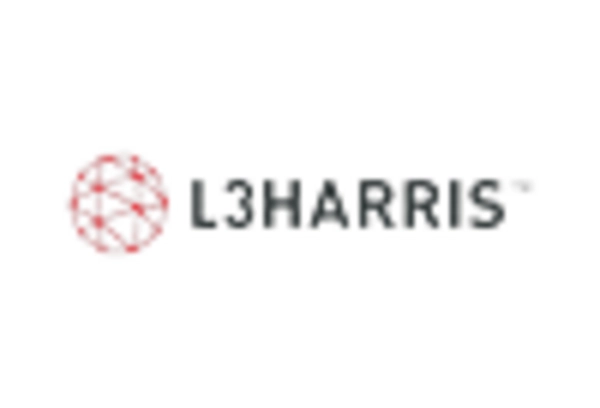Market Analysis
In-depth Analysis of Handheld Counter IED Market Industry Landscape
The Handheld Counter IED (Improvised Explosive Device) market is characterized by dynamic shifts driven by the constant threat of explosive devices and the need for portable, effective tools for countering such threats. Handheld Counter IED devices are essential for military and security forces engaged in counter-terrorism efforts, providing a means to detect, identify, and neutralize improvised explosive devices. Market dynamics are shaped by factors such as evolving terrorist tactics, advancements in technology, and the global demand for robust counter-IED solutions.
One of the primary drivers of the Handheld Counter IED market is the persistent and evolving threat of improvised explosive devices. As terrorists continually adapt their tactics, including the use of concealed and sophisticated explosive devices, there is an increasing need for portable and efficient tools to detect and neutralize these threats. The market responds to this demand by developing handheld devices equipped with advanced sensors, detectors, and identification technologies, providing security forces with the means to stay ahead of evolving threats.
Technological advancements in detection and identification technologies significantly influence the market dynamics of Handheld Counter IED devices. The integration of advanced sensors, including electromagnetic, thermal, and chemical detectors, enhances the ability of these handheld devices to detect hidden explosive materials. Improvements in imaging technologies, such as the use of infrared and X-ray scanners, contribute to the precision and accuracy of identifying potential threats. The market's focus on technological innovation aims to provide security forces with state-of-the-art tools for effective counter-IED operations.
Global security concerns and the need for versatile counter-terrorism tools contribute to the market dynamics. Handheld Counter IED devices are essential for military forces, law enforcement agencies, and security personnel engaged in a variety of operational environments. The versatility of these devices, which can be used in urban areas, border control, or conflict zones, makes them a critical component of counter-terrorism strategies worldwide. The market adapts to diverse security challenges by developing handheld solutions that address the specific needs and scenarios faced by different end-users.
Market dynamics are further shaped by the emphasis on portability and ease of use. Handheld Counter IED devices must be lightweight, rugged, and user-friendly to ensure quick deployment in the field. The market responds by designing compact and ergonomic devices that can be easily carried by individual soldiers, bomb disposal units, or security personnel. The focus on usability enhances the effectiveness of these devices in dynamic and challenging environments, where rapid response is crucial.
Competition in the Handheld Counter IED market is characterized by established defense and security technology companies with expertise in developing detection and protection solutions. These companies often leverage their research and development capabilities and extensive experience in defense applications to provide comprehensive handheld counter-IED devices. The competitive landscape also includes specialized manufacturers focusing exclusively on handheld solutions, driving innovation in portable and user-friendly technologies. This diverse market encourages ongoing advancements to meet the evolving needs of security forces and ensure the effectiveness of counter-IED operations.


















Leave a Comment